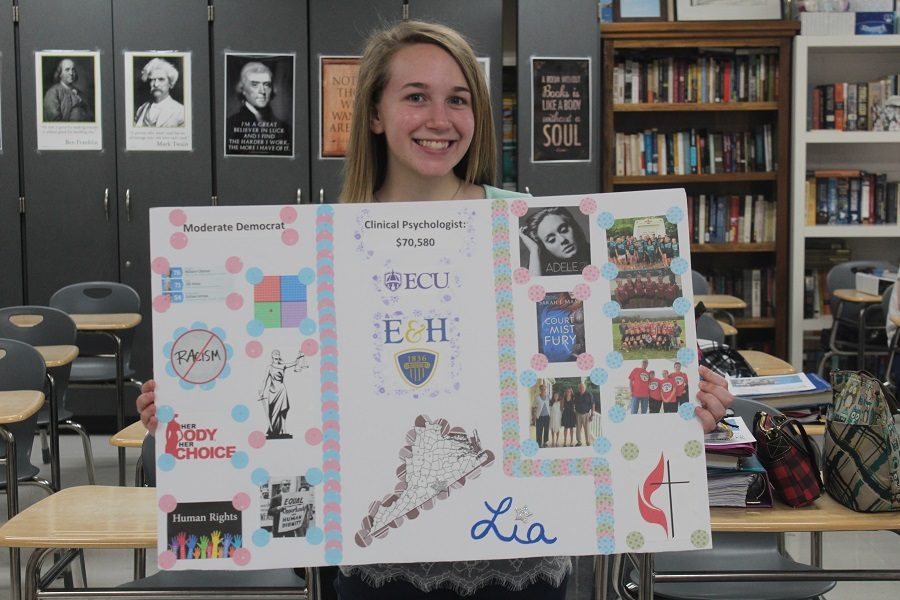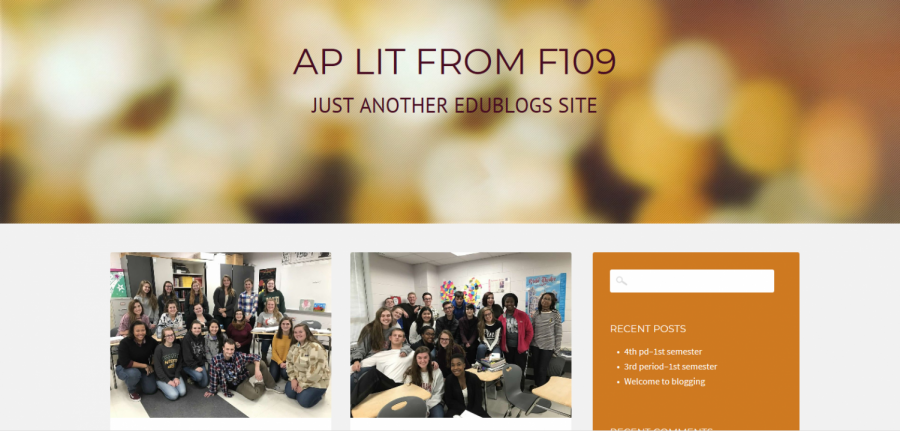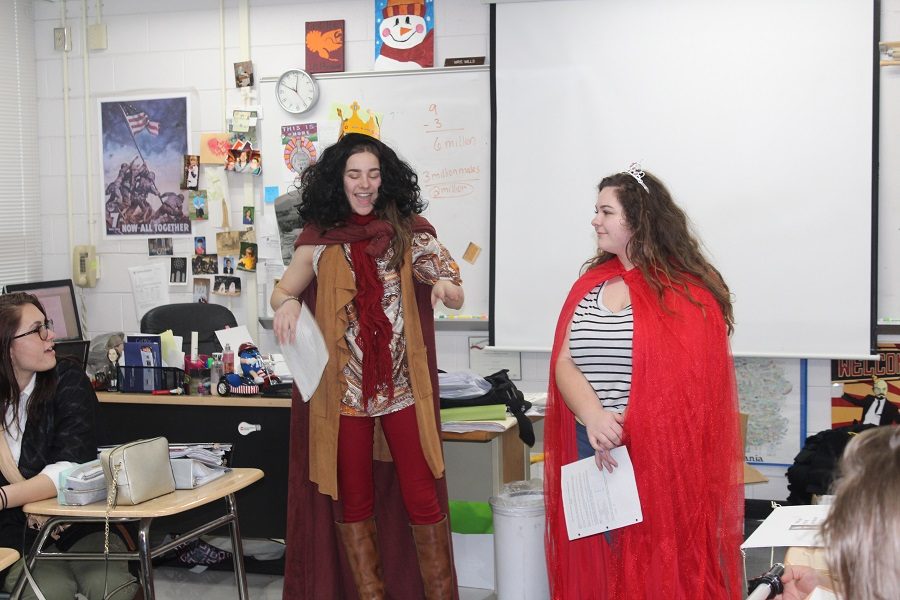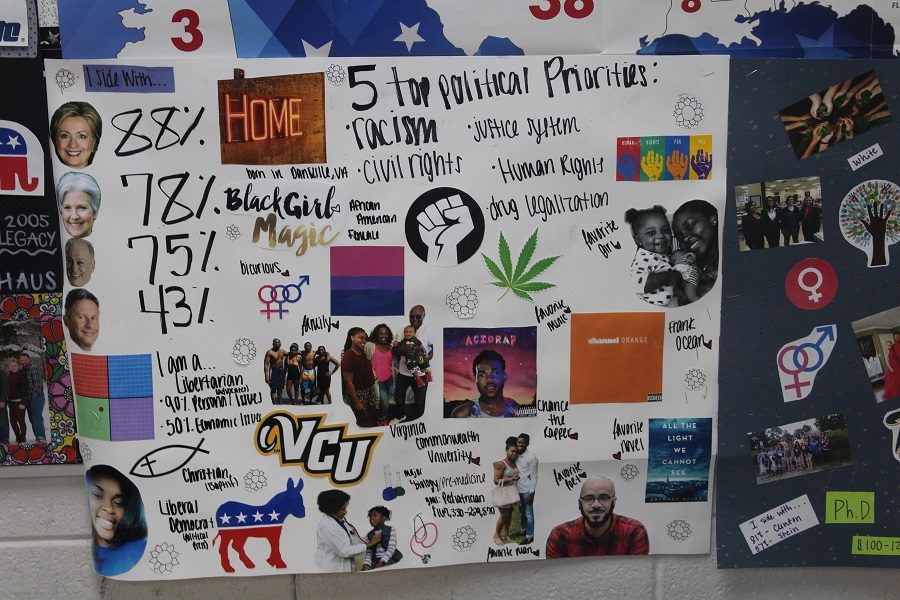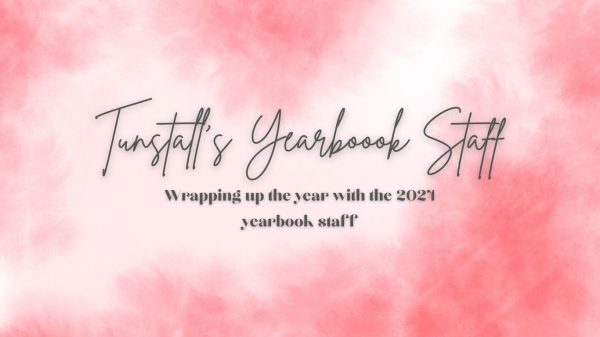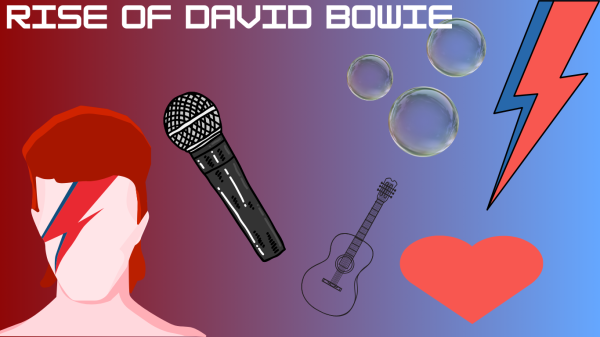Blogs, dress-up, and politics: students complete unique projects
Teachers have various ways of preparing lessons for their students, but very rarely are teachers applauded for their interesting tactics. At THS, there are many teachers taking new approaches to connect with their students inside and outside of the classroom.
Student Blogging:
In Mrs. Adrian Nester’s AP Literature classes, students were assigned a more interactive approach to analyze poetry. All of her students have created EduBlogs accounts as platforms where they are able to analyze the works of their chosen living poets. Nester is one of the teachers who has joined the #teachinglivingpoets movement, allowing students to see poetry not as something that was just in the past, but still relevant today.
The blogs are not just for students’ poetry assignments. Students can use their blogs as an open space to display their thoughts and connect further with their teacher and other classmates. Senior Lexi Toufas, an AP Literature student, has been inspired to start her own blog after the school year ends.
“I really enjoy blogging. We’re not just sitting in class looking at packets. We’re typing and interacting. We can connect with other classes from different states and are able to discover different poems and poets we would not normally see,” said Toufas.
People Projects:
In Advanced World History II classes, Mrs. Tara Mills created a hands-on project for her students, enabling them to explore figures of history while having a little fun. While learning about time periods, students are required to either wear a costume resembling their assigned person or a t-shirt along with at least one prop that represents that person.
Students are assigned people from a list of those included in the World History II 6 SOL curriculum, which includes famous individuals of the Scientific Revolution, Enlightenment, and English Civil War.
After students are given their assignments, they are then required to fill out a “Who I Am” sheet that they present to their class.
This project engages students both mentally and physically and broadens the classroom experience.
“It’s not just [beneficial] in the class. It gets to everyone else in different classes and then they learn it, too,” said sophomore Megan Pollock, “Students are also presented with the opportunity to share what they’ve learned with their peers. People are like ‘Why are you wearing a cape?’ and I’m like, ‘Let me tell you.’”
Mills agrees this project really allows students to retain what they are taught.
“This approach to learning personalizes the figures for students, as well. Most [students] tend to remember who in the class was what figure,” she said.
Visual Projects
Mr. Patrick Touart created a “visual project” for his AP Government students that allows them to illustrate their political identities. This project gives students a chance to display their creativity, along with allowing them to explore their political beliefs.
Touart has been doing this project for four years and it has been successful.
“It seems to be one of the least hated projects I’ve given, so that’s good,” said Touart.
The requirements of the project are a half poster including a picture of oneself, personal characteristics (new to area or home grown, race or ethnicity, gender, sexual orientation, family structure, religious views, educational goals, projected wealth and income), their political values (political spectrum, party, “I side with,” and their 5 top political priorities) and 5 images that reflect one’s identity.
This project presents students with the opportunity to discover more about themselves and more about their classmates.
A sense of unity among classmates often follows the project.
“The project kind of brought the class together and made us comfortable enough to talk about politics around each other,” said senior Ali Hill.
Overall, these teachers plan to continue using their creativity to create assignments that are hands-on, engaging, and beneficial to students.
Your donation will support the student journalists of Tunstall High School. Your contribution will allow us to purchase equipment and cover our annual website hosting costs.
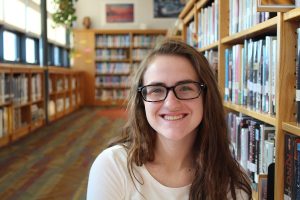
Leah is a senior at Tunstall High School and this is (technically) her second year on the Trojan Messenger staff. When not vigorously studying for her...
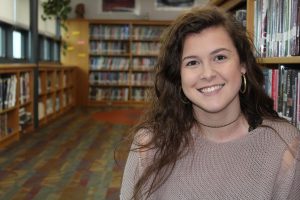
Morgan Harris is a senior and this is her first year as a writer for the Trojan Messenger. Morgan enjoys going to the occasional boxing class, heavily...



